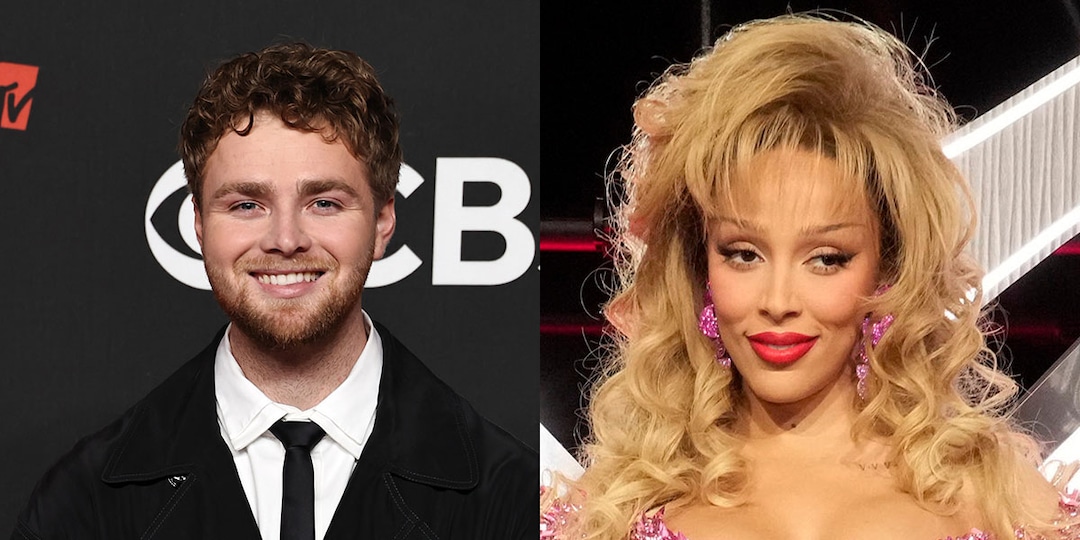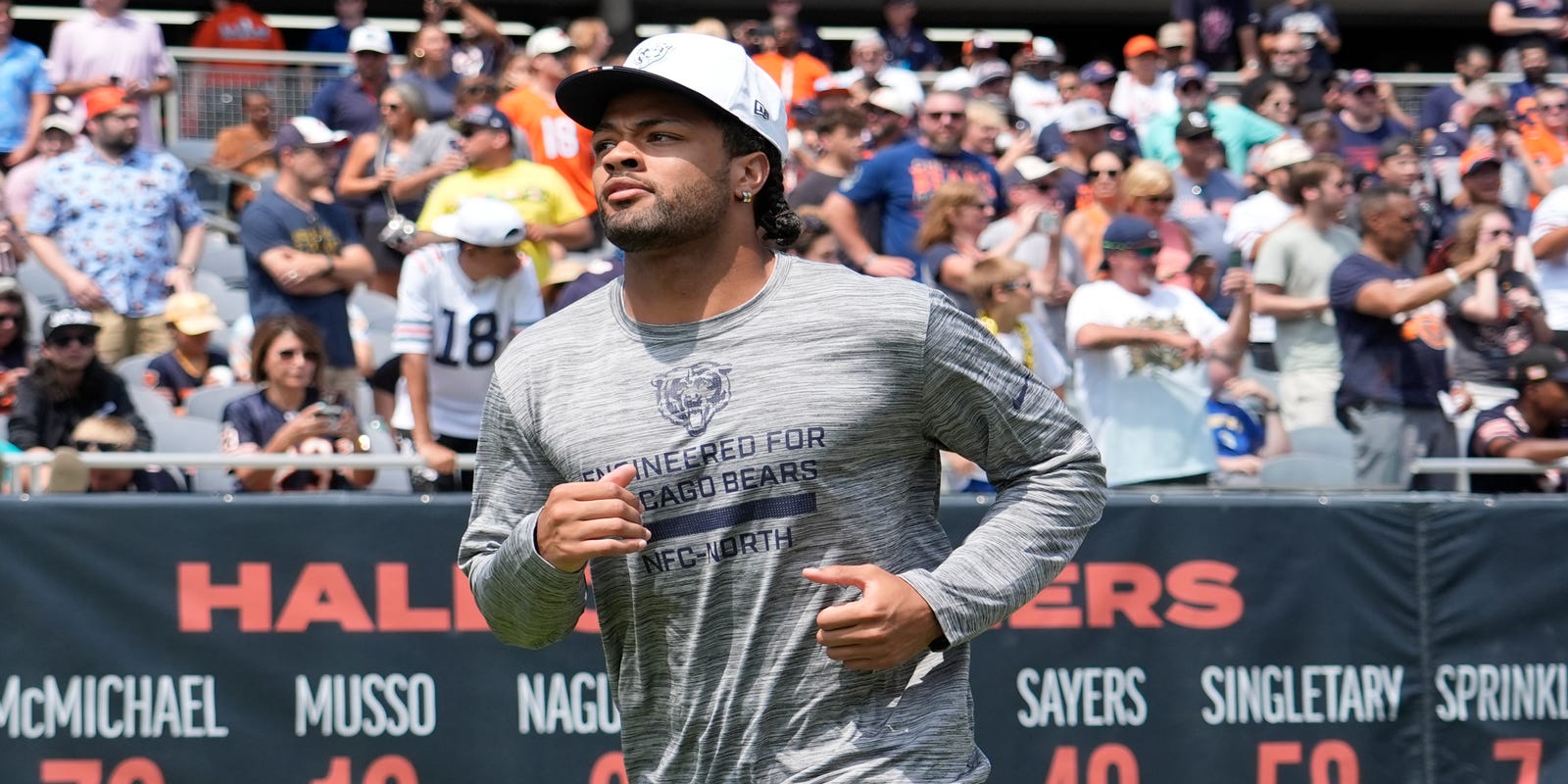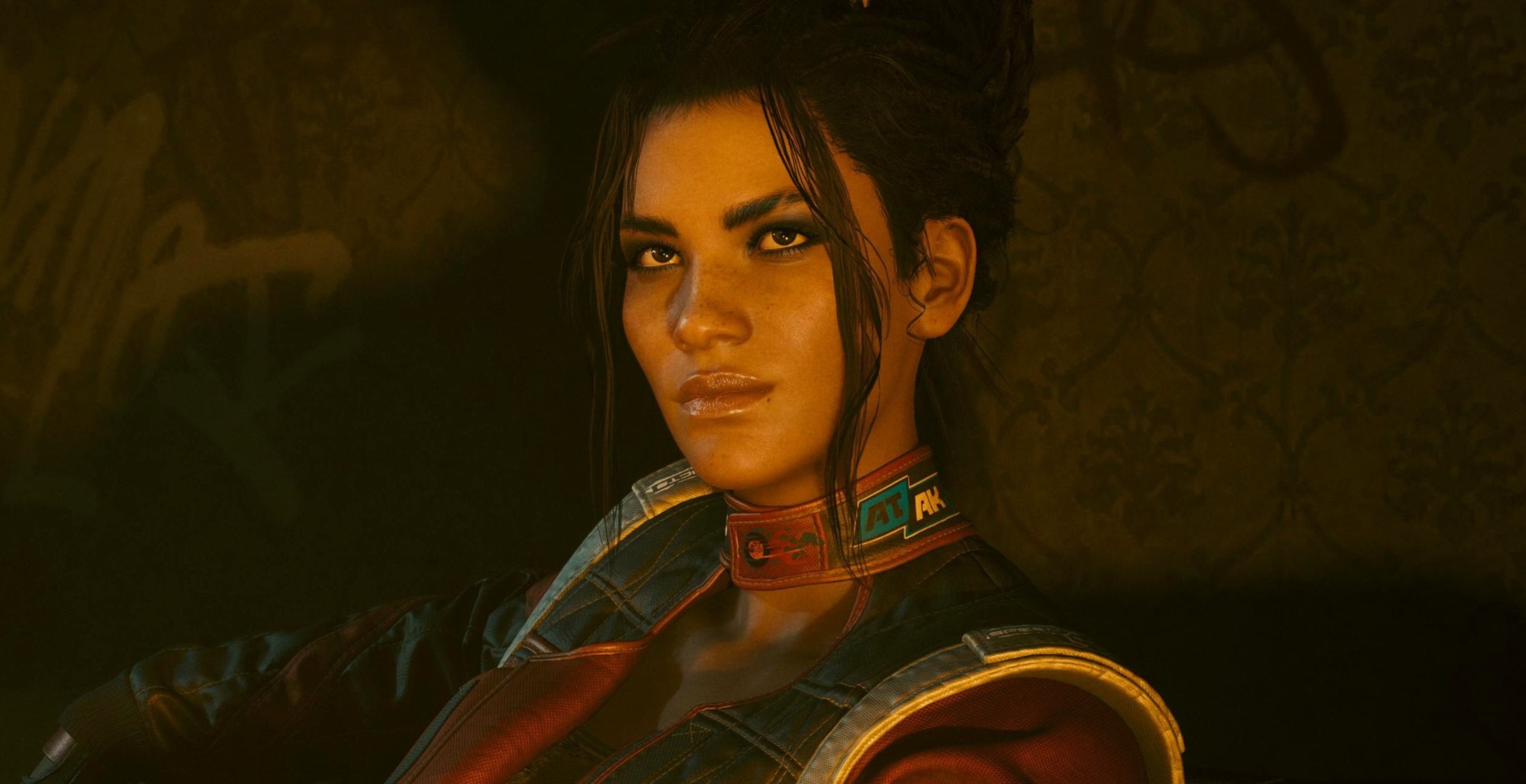
Predators’ L’Heureux Fined and Suspended for Slew-footing Incident: Examining the Complexities
Introduction
The National Hockey League (NHL) has handed down a substantial fine and suspension to Milwaukee Admirals forward Egor Afanasyev for slew-footing Colorado Eagles’ defenseman Jordan Gross in an incident that occurred on January 28th, 2023. This incident has sparked a debate concerning the complexities of player safety, discipline, and the ethics of on-ice behavior.
The Incident
During the second period of the game, Gross gained possession of the puck in the neutral zone and attempted to avoid Afanasyev’s forecheck. However, Afanasyev continued to pursue Gross, ultimately grabbing his leg and lifting him off the ice. Gross fell awkwardly, injuring his knee, and was forced to leave the game.
NHL Ruling
The NHL’s Department of Player Safety reviewed the incident and determined that Afanasyev’s actions were “reckless and dangerous.” The league fined Afanasyev $5,000 and suspended him for two games. The suspension effectively ended Afanasyev’s season, as the Admirals were eliminated from the Calder Cup Playoffs shortly after.
Different Perspectives
The incident has garnered widespread attention and ignited discussions from various perspectives:
Player Safety
Advocates for player safety emphasize the importance of protecting players from dangerous and malicious acts on the ice. They argue that slew-footing, a move where a player falls forward while lifting another player’s leg off the ground, is a particularly hazardous maneuver and can lead to serious injuries, including concussions and torn ligaments.
Discipline
Those focusing on discipline contend that the NHL needs to send a strong message to players that such reckless actions will not be tolerated. They point to Afanasyev’s previous history of suspensions, including a three-game ban for elbowing in the 2021-22 season. They argue that repeat offenders should face even more severe punishments.
Intent
Some argue that Afanasyev did not intend to injure Gross and that the incident was more a result of poor timing and execution rather than malicious intent. They believe that the severity of the penalty does not match the player’s intent.
Evidence and Examples
To support the argument for player safety, a 2019 study published in the journal “Sports Medicine” found that slew-footing was the third most common type of penalty leading to injury in professional hockey.
Regarding discipline, a recent NHL review revealed that slew-footing penalties have increased by 25% in the past three seasons. This suggests a need for stricter enforcement to deter future incidents.
However, supporters of Afanasyev point to the fact that he did not make contact with Gross’s head or knees, and that Gross was not seriously injured. They argue that the penalty was excessive and did not take into account Afanasyev’s lack of intent to harm.
Ethical Considerations
Beyond the practical implications, the incident raises ethical questions about the nature of hockey and the role of violence in the sport.
Proponents of a more physical style of play argue that it is an inherent part of hockey and that eliminating all forms of contact would damage the game’s appeal. They maintain that players are responsible for their own safety and should be allowed to engage in certain levels of physicality.
Opponents of violence in hockey argue that the game needs to evolve and prioritize player safety over physical intimidation. They contend that the league has a responsibility to protect its players from unnecessary risks and that the current rules do not adequately address the issue of dangerous hits and penalties.
Conclusion
The suspension of Egor Afanasyev for slew-footing has ignited a complex debate about player safety, discipline, and the ethics of on-ice behavior in hockey. There are valid arguments to be made from all perspectives, and it is important to consider the evidence and examples carefully before reaching a conclusion.
Ultimately, the NHL must strike a balance between protecting its players and preserving the physical nature of the game. By implementing stricter punishments for dangerous hits and penalties, the league can help to reduce the number of injuries and promote a safer environment for all players.



